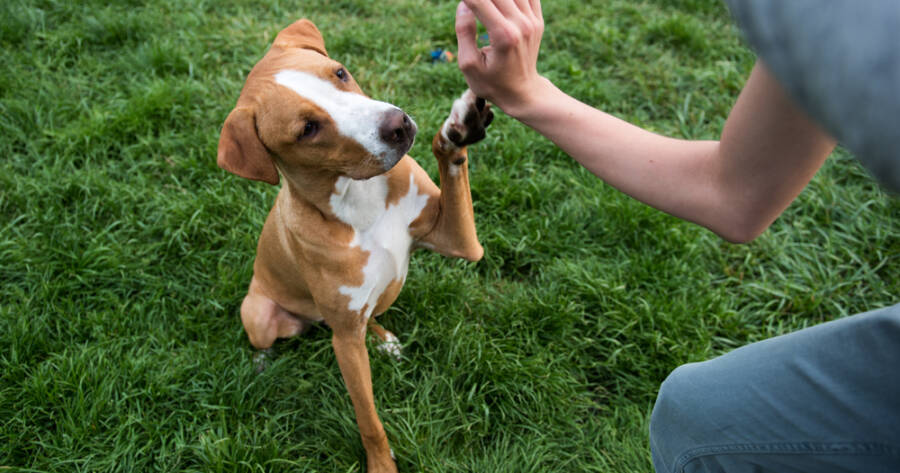Amid growing environmental concerns, pet owners are increasingly seeking sustainable ways to enrich their pets’ lives. Crafting eco-friendly toys offers an innovative solution, combining creativity with environmental responsibility. By using natural, non-toxic, and recyclable materials, you can create engaging toys that may keep your pets entertained without compromising on sustainability.
Understanding the Importance of Eco-Friendly Toys
Eco-friendly pet toys are not only beneficial for the environment but can also be safer for pets, as they often rely on fewer chemicals and synthetic materials. Traditional pet toys may sometimes contain components that could pose risks if ingested, such as small parts or toxic substances. By crafting toys yourself, you might have more control over the materials used, potentially minimizing such risks.
Furthermore, manufacturing and disposing of retail pet toys contribute to environmental pollution. Switching to homemade alternatives can help reduce waste and the carbon footprint associated with manufacturing and transportation. Additionally, sustainable pet toy creation fosters creativity and allows pet owners to customize toys based on their pets’ preferences and play styles, potentially adding a personal touch that’s absent in mass-produced items.
Essential Materials for Sustainable Toy Crafting
Creating eco-friendly pet toys starts with selecting the right materials, aiming for natural, durable, and non-toxic options. Some viable choices include:
- Cotton or hemp rope: These can be used to create tug toys or simple knotted toys. Natural fibers are generally safer if chewed than synthetic alternatives.
- Upcycled fabric: Old clothing, sheets, or towels can be repurposed into fabric toys or stuffing. Ensure all items are clean and free from hazardous elements like buttons or zippers.
- Reclaimed wood: Supervised chewing toys for dogs may be crafted from untreated, smooth wood. Avoid chemically treated wood to prevent potential health risks.
- Natural rubber or latex: When available, these materials are biodegradable and resistant to wear, making them ideal for chew toys.
These materials might be not only gentler on the planet but can also provide peace of mind knowing your pet engages with safer resources.
Crafting Simple Eco-Friendly Pet Toys
Creating homemade pet toys can be as simple or complex as you like, offering a wide range of possibilities to cater to different pets and their needs. Here are some ideas based on common pet types:
- For dogs: A basic braided rope toy can be made by cutting fabric into strips, knotting them at one end, braiding, and then knotting the other end. This DIY project could provide an engaging tug toy experience.
- For cats: Stuffing fabric with catnip or soft, natural fibers to create small, plush toys may engage your feline friend’s senses and encourage play. Adding bells or crinkled paper inside can enhance stimulation.
- For birds: Untreated wooden blocks or leather strips tied together in various shapes can create toys that might encourage climbing and chewing, promoting physical activity and beak health.
- For small mammals: Cardboard tubes or old socks filled with safe hay can offer gnawing options that keep small pets like rabbits or guinea pigs entertained and help manage dental health.
Benefits of Enriching a Pet’s Environment with Homemade Toys
Enrichment is a critical aspect of pet care, contributing to their mental and physical well-being. Homemade toys can offer personalized engagement while promoting environmental consciousness. By catering to individual preferences, you could help stimulate natural behaviors such as hunting, chewing, or problem-solving.
Sustainable toys may also potentially foster engagement without the guilt of contributing to environmental harm. The joy of seeing your pet interact with something made with care can be particularly rewarding, strengthening the bond between owner and pet. Moreover, sharing your pets’ enjoyment with others as a form of awareness can further advocate for environmentally friendly pet care practices.
Safety Considerations for DIY Pet Toys
While crafting toys, it is paramount to consider your pet’s safety. Monitoring the durability of the toys is crucial, ensuring they remain intact and free from small parts that could become choking hazards. Supervision during playtime, especially with new toys, can help mitigate risks and provide insights into your pet’s interaction preferences.
Selecting non-toxic materials and avoiding sharp edges or harmful substances is another critical safety aspect. For any signs of wear that could compromise the toy’s safety, timely replacements or refurbishments might be necessary. Customizing toys by size and shape according to your pet’s perimeters can further enhance safety and functionality.
Learn More Today!
Embarking on eco-friendly adventures in toy crafting opens the door to enriching your pet’s environment in an environmentally responsible way. Through careful material selection, considerate design, and ongoing safety monitoring, you may foster a nurturing play experience for your pets while committing to sustainability.
With each creative endeavor, homemade green toys can bring not just enjoyment and engagement but a more profound connection rooted in personalized care and ecological consciousness. As more pet owners explore sustainable practices, the collective effort may contribute to a healthier planet, benefitting both humans and their beloved animal companions.

